If you’re scratching your head wondering what “fractional” means, you’re not alone. It’s a buzzword that’s been gaining traction faster than a hashtag on a celebrity tweet.
In a nutshell, “fractional hiring” lets you bring on board seasoned professionals – like fractional marketers, CFOs, and even Chief Growth Officers (CGOs) – on a part-time or project basis.
This growing trend is big, especially for businesses not ready to leap to full-time positions but still craving that top-tier talent.
A study on gig economy’s growth shows that technology and changing economic tides are making work more flexible than ever.
It’s a big hint that bringing a fractional marketer into your squad could be the winning play when you need that extra strategic nudge.
In this guide, we’ll serve up the knowledge you need to sidestep the potholes on the road to hiring fractional marketers.
Understanding the fractional framework
Let’s break it down – ‘fractional’ is not just about part-time work.
It’s about integrating a seasoned professional into your team for a slice of their time and expertise.
A fractional marketer, for instance, could be the espresso shot your company’s strategy needs: strong, effective, and just the right amount to jolt your business forward.
Unlike full-time hiring, which could be likened to putting a ring on it, engaging a fractional marketer is more like a commitment to a series of coffee dates.

You get the cream of the crop without having to buy the whole cow.
This means you can access high-calibre marketing acumen that might otherwise be beyond your budget if you were to bring on a full-time senior marketer with a matching full-time salary.
Now, let’s contrast this with the good ol’ outsourcing approach.
Outsourcing can sometimes be like throwing tasks over the fence and hoping your neighbour does a good job mowing the lawn.
It can be hands-off, yes, but with a fractional marketer, you’re getting someone who jumps over the fence and gardens with you – guiding, strategising, and getting their hands dirty alongside your in-house team.
Yet, this model does juggle flexibility with potential inefficiencies.
Flexibility because you have the power to ramp up or scale down their involvement as your business ebbs and flows.
But this rhythm can also lead to inefficiencies – when you’re not their only gig, there could be competing priorities, and aligning schedules might sometimes feel like a puzzle.
A look at work in the gig world shows it can start on a high note but keeping the beat over time can be tricky.
But I’m sure we’ll touch on all this later. As we peel back the layers of the fractional framework, remember, it’s about striking the right balance.
Mistake 1: Expecting a full-timer’s availability
Diving into the fractional pool with the mindset that your new hire will be at your beck and call is like expecting a cat to happily splash alongside you – both are against nature.
Fractional marketers are a breed apart; they bring their A-game during their contracted hours, but they won’t be on the perpetual clock like a full-timer.
If you envision your fractional CMO spearheading a big campaign, joining every brainstorm, and championing every meeting, think again.
In reality, though, they may be managing everything from a distance, stepping in to conduct only the key movements.
They’re the consultants who swoop in to guide your strategy, not the 9-to-5ers to execute the nitty-gritty daily tasks.
Here’s a common scenario.
You expect your fractional marketer to turn around a project overnight.
But they have other clients they’re juggling. The outcome?
Your urgent project gets queued behind others, and the 24-hour turnaround becomes 72.
The lesson here is about setting realistic timelines and communicating clearly.
Aligning your expectations with their availability at the outset avoids this discord and ensures everyone is playing the same tune.
Remember, a fractional professional is a strategic partner, not an emergency response unit.
Appreciate their contributions for what they are – potent, concentrated, and impactful, not omnipresent.
By setting clear boundaries and understanding their schedule, you’ll cultivate a harmonious relationship that hits the right notes for your business growth.
Mistake #2: Failing to integrate with the team
While a fractional marketer isn’t tethered to their desk like a full-timer might be, they still need to gel with the team culturally and dynamically.
After all, a single gear out of sync can throw off the entire machine.
Consider this scenario: a tech startup hires a seasoned fractional CMO with an impressive track record in corporate enterprises.
The CMO’s suit-and-tie formality clashes with the startup’s hoodies-and-high-fives culture.
Meetings become awkward, suggestions are met with eyerolls, and the once-excited team now dreads interactions with the outsider who just doesn’t “get it.”
Avoiding this clash of business cultures starts with due diligence.
Here’s how:
Assess cultural fit
During the interview process, discuss core values and company ethos. See how the candidate reacts to your company’s style of communication and collaboration.
Team introductions
Early on, facilitate introductions that go beyond the professional. Casual coffee chats and team lunches can work wonders for personal connections.
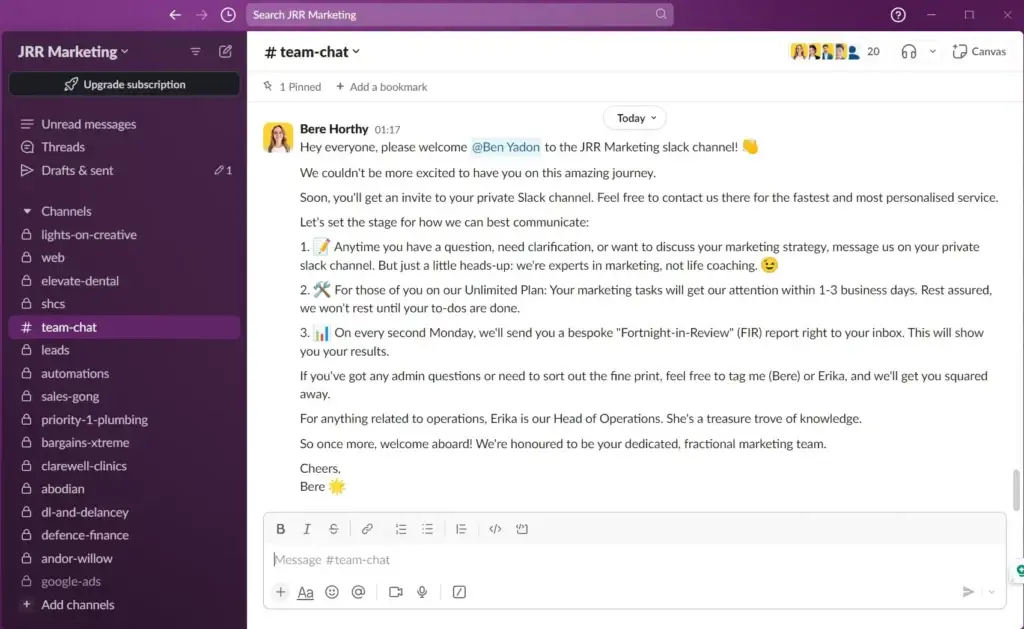
Regular check-ins
Establish a routine of touchpoints with the team and the fractional hire to ensure alignment and address any brewing issues.
Shared goals
Create shared objectives that clearly outline how the fractional marketer’s contributions fit within the team’s wider goals.
By crafting a thoughtful integration process, you can weave the expertise of a fractional hire into the fabric of your company culture, ensuring they become a complementary thread rather than an unwelcome pattern break.
Mistake #3: Failing to set clear expectations and KPIs
A common misstep is not defining what success looks like from the get-go.
Vague objectives like “improve brand awareness” or “grow the business” are about as helpful as telling a taxi driver to “drive somewhere fun.”
Instead, both parties need concrete, quantifiable targets.
For instance, a fractional marketer’s KPIs could include specifics such as increasing web traffic by 20%, boosting conversion rates by 5%, or generating 100 qualified leads per month.
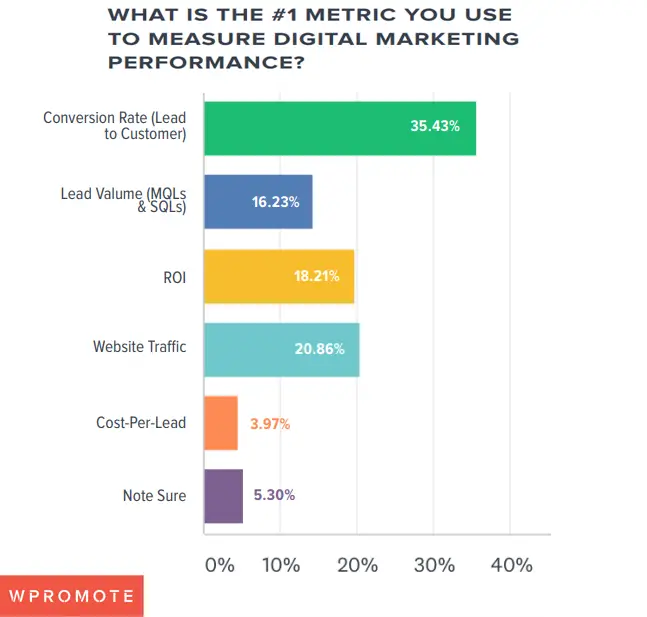
Communicate early and often.
The outset of your partnership should be filled with conversations about expectations, desired outcomes, and how progress will be measured.
Will you use weekly check-ins, monthly reports, or a digital dashboard that tracks real-time analytics?
Choose a method that makes the invisible visible – that is, make progress (or lack thereof) as tangible as possible.
Practical methods for tracking could include setting up a shared performance dashboard, using project management tools (I recommend ClickUp) with integrated reporting features, or even regular performance reviews with direct feedback from the team.
Mistake #4: Not weighing up costs effectively
Sure, at first blush, fractional hires might seem like a bargain – no full-time salaries, benefits, or the overheads that come with a new full-time employee.
However, peek under the hood and you’ll find a more complex picture.
Fractional hires often command higher hourly or project rates due to their expertise.
Add to that potential hidden fees such as costs for additional resources, software they might need, or even travel expenses if they’re to attend on-site meetings, and the price tag can balloon.
Now, compared to full-time hires, the story takes another twist.
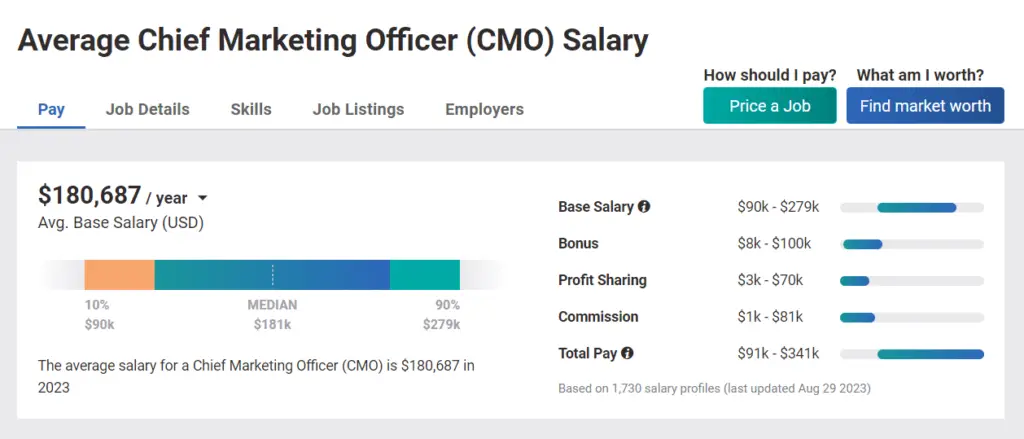
A full-timer may have a higher upfront cost, but that’s spread over countless tasks and responsibilities.
Plus, they’re invested in your company culture and growth over the long haul.
Pros and cons of fractional costs
Pros
- Flexibility: Pay for expertise as you need it, rather than a continuous salary.
- Expertise: Access to a higher level of skill that could be cost-prohibitive full-time.
- Scalability: Scale up or down without the commitment of a full-time hire.
Cons
- Higher Rate: Fractional hires’ rates might be higher than a full-timer’s when compared hour by hour.
- Additional Costs: Extra expenses can creep in, from onboarding tools to communication platforms.
- Limited Availability: They may not be available during crunch times, potentially leading to hiring additional support.
For instance, a fractional CMO may save a fledgling startup thousands in avoided full-time executive salary and associated costs.
Conversely, a growing business that needed a fractional CFO for complex financial planning might find that after accounting for the premium rates and indirect costs, they might have been better off with a dedicated, full-time hire.
The key lies in diligently crunching the numbers to see which model aligns with your financial future.
Mistake #5: Ignoring the value vs cost equation
When it comes to hiring fractional marketers, the cost versus value debate can be likened to a kitchen renovation.
You could go with the cheapest contractor and save a few bucks upfront, but if they botch your plumbing, you’ll be eating out for months.
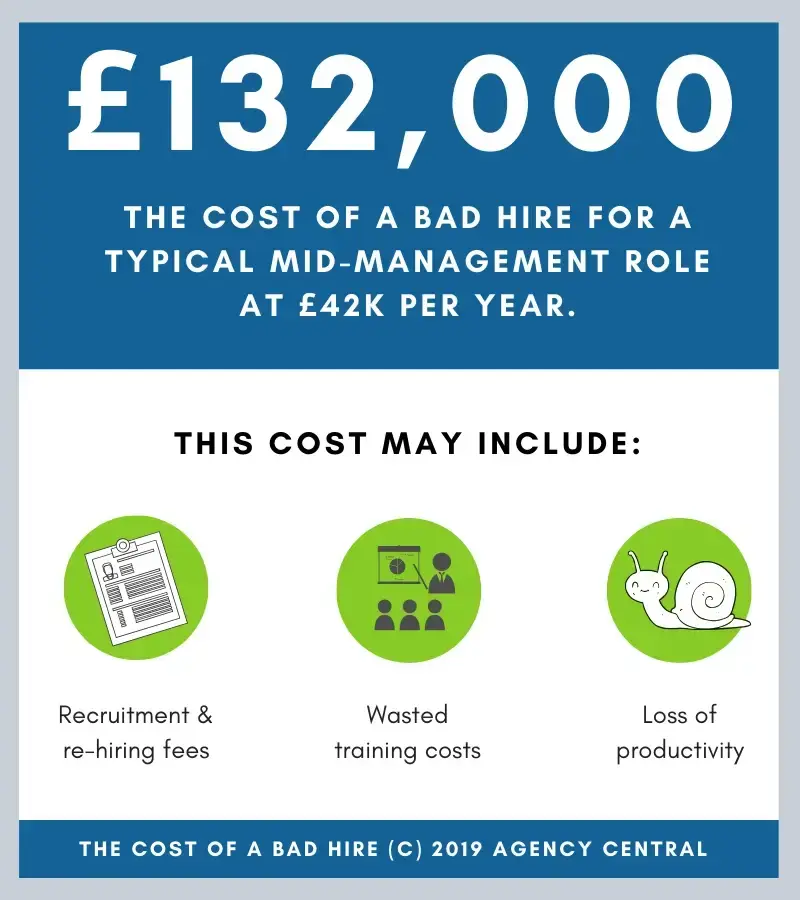
Whereas if you invest in a skilled artisan, while the initial outlay is higher, you’ll have a kitchen that adds value to your home and joy to your life for years to come.
A cautionary tale comes from a burgeoning e-commerce store that skimped on their marketing budget, opting for the least expensive fractional marketer they could find.
They saved in the short term, but the marketer’s limited experience meant strategies were outdated and ineffective, leading to poor sales and ultimately costing the business more than if they had invested in a pricier, but more knowledgeable, marketer.
Evaluating potential ROI is essential.
Rather than asking only, “How much does this cost?” a shift to, “What value does this bring?” can lead to better decision-making.
To guide this decision:
Forecast the outcome
Think about what success looks like. If the marketer can increase your revenue by a significant percentage, is that worth the premium price?
Think about their expertise
Higher costs might be justified if the marketer brings skills or insights that can tap into new markets or optimise your advertising spend far beyond what you could do alone.
Track and measure everything
Set up quantifiable metrics from the start. If the fractional hire exceeds these, the initial cost pays for itself.
Just like with the kitchen renovation, investing more in a skilled professional often pays dividends, yielding a robust ROI that cost-cutting measures rarely offer.
As I like to say, when you pay cheap, you pay twice.
Mistake #6: Underestimating the onboarding process
A proper onboarding plan is as critical for fractional hires as it is for full-timers.
Without it, you’re essentially giving them a boat with no oars.
Consider the experience of a digital startup that welcomed a fractional sales strategist with open arms but no direction.
Without guidance or context, the strategist was left to drift, causing delays and missed opportunities for both parties.
Six weeks in, the situation hadn’t improved, leading to mutual frustration and eventually, the termination of the contract.
To avoid such a mistake, a checklist for a comprehensive onboarding process might include:
Clear expectations
Define what’s expected, including goals, responsibilities, and who they’ll work with.
Tools and access
Make sure they have access to all the systems and information they’ll need right from the start.
Have meetings
Set up meetings with key team members to build relationships and understanding.
Spill the beans on your situation
Provide background on your market position, competitors, and previous marketing efforts.
Create a feedback loop
Establish a system for regular feedback, both ways, to keep the onboarding process adaptive and responsive.
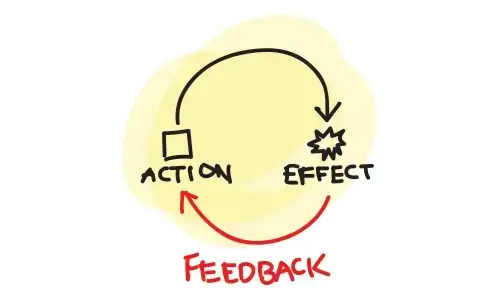
The onboarding phase sets the tone for the professional relationship.
Invest time in developing a structured approach, and you’re more likely to see a productive partnership.
Mistake #7: Forgetting to plan for the long term
Jumping on the fractional hiring train can give you a quick boost, like a shot of espresso for your business.
But don’t let that jolt fool you into ignoring your long-game strategy.
It’s easy to get caught up in the instant gratification of ticking boxes and crossing off those immediate to-dos.
However, if you’re not thinking ahead, you might be setting yourself up for a stumble down the road.
It’s like focusing on the sprint and forgetting you’re actually in a marathon.
Short-term wins are great, but without a vision for where you want your marketing efforts to take you, it’s a bit like celebrating a few good moves in a game without a plan to win it.
Sure, the fractional pro can help you nail a campaign or two, but where to from there?
To keep your eyes on the prize, work with your marketer to sketch out a roadmap.
Where do you see your brand in a year? Five years?
Use their expertise to craft a strategy that not only spikes your metrics now but sets you up for ongoing growth.
Think about planting a garden, not just a single flower.
Mistake #8: Missing the opportunity for knowledge transfer
Bringing a fractional marketer into the mix and not soaking up their smarts is like having a top chef in your kitchen and only asking them to make toast.
There’s a goldmine of wisdom in their heads, and it’s a missed shot if you don’t mine it.
Getting a handle on their secret sauce means you’ll want them to lay down some Standard Operating Procedures (SOPs).
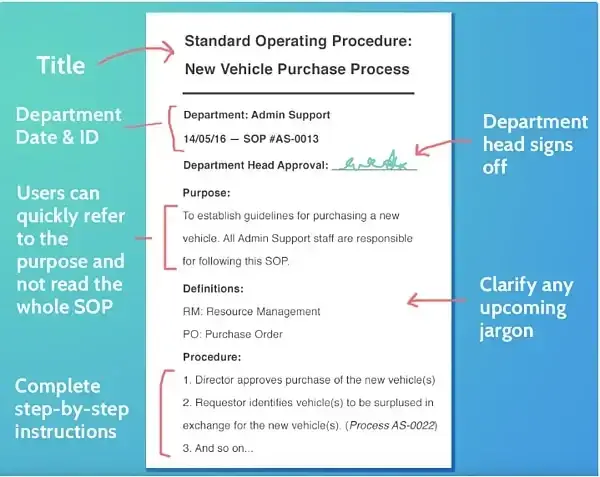
These aren’t just fancy checklists; they’re your playbook for when they’re not around.
Encourage them to hold workshops or training sessions with your team.
This isn’t just good for morale; it’s like passing the baton in a relay race — it keeps the momentum going.
Make it a two-way street as well.
Your team has insights that could help the marketer get up to speed and tailor their strategies better.
This reciprocal flow of know-how turns a temporary gig into a lasting impact, leaving your team stronger, even after the marketer has moved on to their next project.
This paper on rethinking the gig economy after the world’s had a shake-up sings right to that.
Glad you dodged those, hiring fractional marketers is now even easier
To wrap it up, diving into the fractional hiring pool can be less of a belly flop and more of a smooth dive if you keep your goggles clear of these blunders.
Remember, it’s not just about saving on the salary; it’s about the strategic injection of expertise that fits like a puzzle piece with your current team.
Revisiting our chat, don’t get snagged on expecting a 9-to-5 commitment, or you’ll end up missing the big picture.
Ensure your fractional talent meshes well with your crew to avoid a culture clash.
And don’t let the price tag blind you to the value — think kitchen renovations, remember?
Keep that onboarding tight and structured; it’s the set of rails that guides your new hire down the right track.
Don’t just play for the short-term wins; map out the marathon route with your fractional guru.
And don’t let them ghost without a brain dump; those SOPs are worth their weight in gold.
So, take a beat.
Ponder on these tales and tips before you leap into your next hiring decision.
With a mindful approach, weighing the strengths against the possible pitfalls, you’ll find the right fractional marketer can make a substantial difference.
Reflect on how this model fits into your business tapestry before threading it into the weave.
With careful thought and strategic planning, your next move could be your smartest yet.

